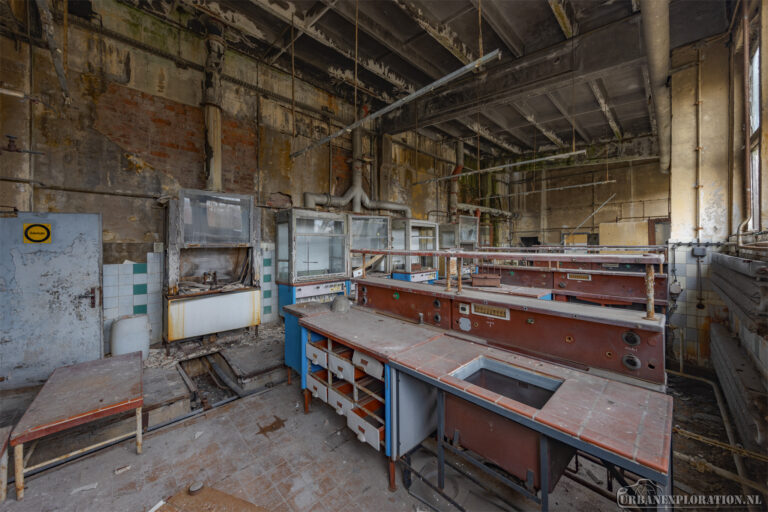Grubenanlage Itzenplitz 14-16
In the heart of the Saarland coal basin, the historic mining site Grubenanlage Itzenplitz tells the story of Germany’s industrial past. Named after Count Heinrich von Itzenplitz, the mine began development in the mid-19th century. Shaft I was sunk in 1860, followed by Shaft II in 1872 and Shaft III in 1886. The latter is particularly significant as it features the oldest surviving steel headframe in the region a landmark of early steel engineering.
Over the years, the site became a major hub in regional coal mining, supported by a railway connection and the creation of the Itzenplitzer Weiher an artificial lake built in 1878 to supply water for the mine’s pump systems. Around 1908, a distinctive pumping station was added at the lakeside, now the centerpiece of a local recreation area with walking trails and natural landscapes.
Mining operations above ground ended in 1958, and the mine officially closed in 1960, though underground activities continued into the 1990s. While many structures have since been demolished, several key elements remain: the headframes, changing rooms, machine buildings, and former train station are now protected as industrial heritage.
Today, part of the site is used by private companies, but it also serves as a cultural and historical site. It stands as a powerful reminder of the era when this region was one of Germany’s industrial powerhouses.

- Visited - May 2022
- Defunct - 1960
- Status - In decline
- Country - Germany












